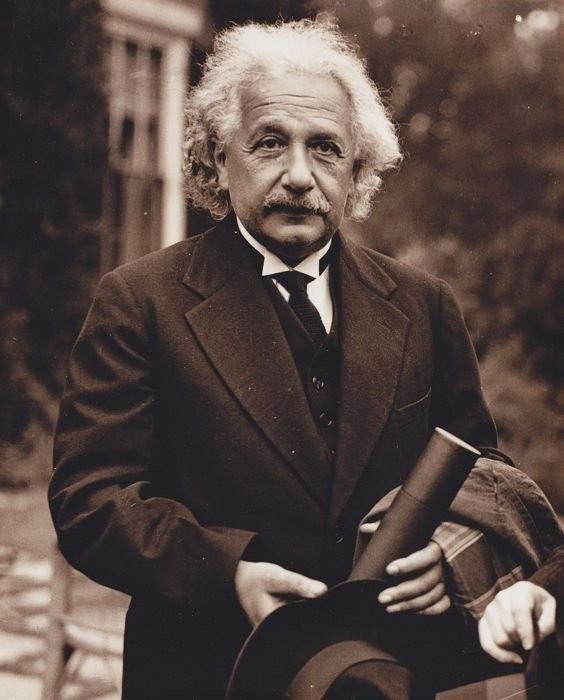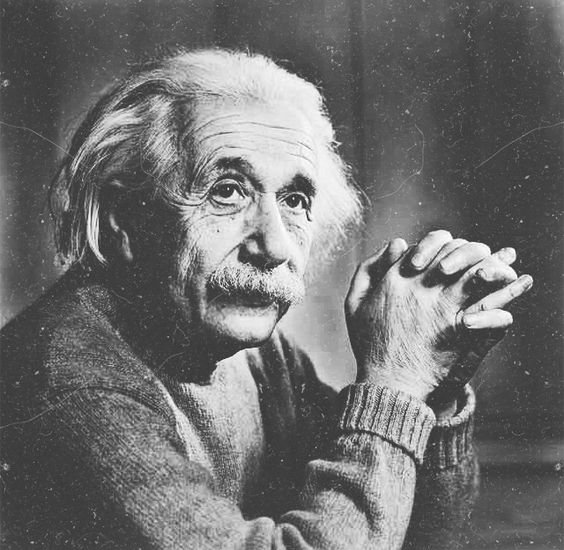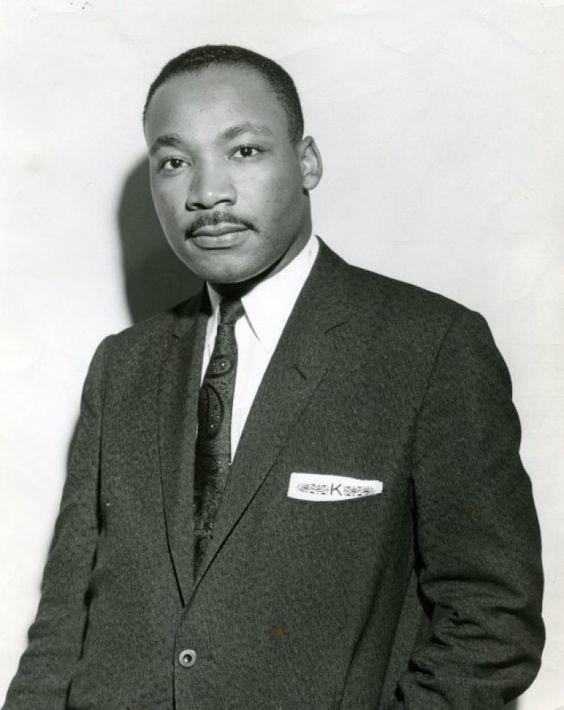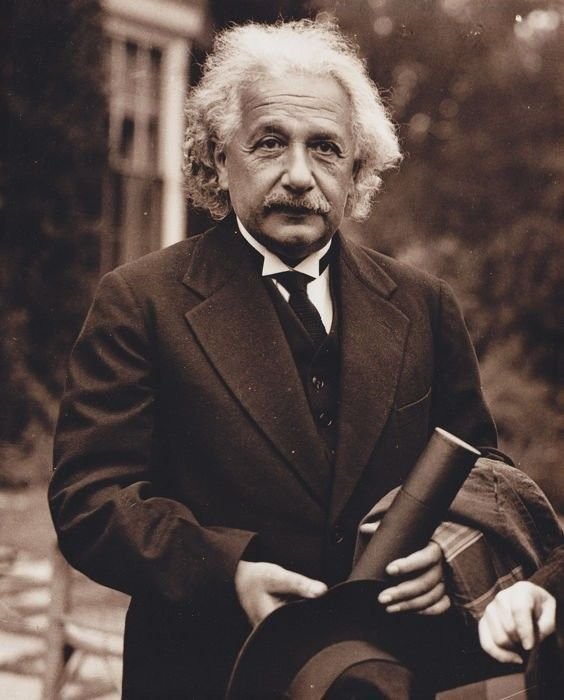Famous People
Famous People
Famous People icons Who shaped the world throughout the history, certain individualities have left unforgettable marks on society through their achievements, influence, and enduring patrimonies. These Famous People notorious faces gauge colorful fields, from politics and wisdom to entertainment and sports. Famous People stories are rich and multifaceted, frequently reflecting the broader literal, artistic, and social surrounds of their times. Then, we claw deeply into the lives and benefactions of some of these iconic numbers, exploring their backgrounds, challenges, and lasting impacts.
Famous People Albert Einstein
Famous People Albert Einstein, one of the most famed scientists in history, was born on March 14, 1879, in Ulm, Germany. His early times were marked by a curiosity about the natural world, although he didn’t show exceptional academic pledge originally. Famous People family moved to Munich when he was a child, where his father and uncle ran an electrical engineering company. This terrain likely sparked his interest in wisdom and technology.

Famous People Einstein’s educational trip wasn’t straightforward. Famous People disaccorded with the rigid training system and frequently set up himself at odds with his preceptors. Despite this, he bettered in mathematics and drugs. After finishing his secondary education in Switzerland, he attended the Swiss Federal Polytechnic School in Zurich, where he’d meet his unborn woman MilevaMarić, a fellow pupil who participated his passion for wisdom. After graduating, Einstein faced difficulty in securing an academic position and worked at the Swiss Patent Office in Bern. It was during this period that he developed some of his most groundbreaking propositions.
In 1905, frequently appertained to as his” Annus Mirabilis” or” Miracle Year,” he published four papers in the” Annalen der Physik,” each of which would significantly impact drugs. These included his proposition of special reciprocity and the notorious equation E = host ², which describes the relationship between mass and energy. Einstein’s work revolutionized our understanding of space, time, and energy. His proposition of general reciprocity, published in 1915, further expanded his influence, proposing that graveness isn’t a force but a curve of spacetime caused by mass. This proposition was verified during the solar decline of 1919 when compliances showed the bending of light from stars by the sun’s graveness, making Einstein an transnational scientific celebrity. Einstein’s benefactions extended beyond theoretical drugs. He was an open advocate for civil rights, pacifism, and Zionism.
During World War II, he was part of the intellectual community that advised the U.S. government about the eventuality for Nazi Germany to develop infinitesimal munitions, leading to the establishment of the Manhattan Project. still, he was also a strong advocate for nuclear demilitarization after witnessing the destruction caused by infinitesimal losers.


In 1933, Einstein emigrated to the United States to escape the rise of the Nazi governance, accepting a position at the Institute for Advanced Study in Princeton, New Jersey. He spent the rest of his life there, contributing to both wisdom and society until his death in 1955. His intellectual prowess and unique persona have made him a symbol of genius and curiosity, inspiring generations of scientists and thinkers.
Martin Luther King Jr
Martin Luther King Jr., a vital figure in American history, was born on January 15, 1929, in Atlanta, Georgia. As the son of a Baptist minister, King was exposed to the church’s part in addressing social issues from a youthful age. He bettered academically, skipping two grades and entering Morehouse College at the age of 15. It was there that he decided to follow in his father’s steps and pursue a career in the ministry.

King continued his education, earning a Bachelorette of Divinity degree from Crozer Theological Seminary and PHD. in methodical theology from Boston University. It was in Boston that he met Coretta Scott, whom he married in 1953. The couple had four children and formed a important cooperation in the fight for civil rights. King’s leadership in the civil rights movement began in humorless in 1955, when Rosa Parks’ arrest for refusing to give up her machine seat to a white person sparked the Montgomery Bus Boycott. King was chosen to lead the boycott, which lasted over a time and redounded in the racism of the Montgomery machine system. This success propelled King into the public limelight as a leader committed to achieving ethnical equivalency through peaceful resistance.
Inspired by Mahatma Gandhi’s gospel of pacifism, King supported for peaceful demurrers and civil defiance. His poetry and capability to rally communities were apparent in multitudinous juggernauts, including the Birmingham crusade of 1963, which drew public attention to the brutal reality of isolation in the South. King’s arrest during this crusade led to the jotting of the” Letter from Birmingham Jail,” a profound statement on the necessity of direct action and the moral imperative to fight injustice.
One of King’s most significant achievements was his part in the 1963 March on Washington for Jobs and Freedom, where he delivered his iconic” I Have a Dream” speech. Speaking to a crowd of over 250,000 people at the Lincoln Memorial, King articulated his vision of a society where individualities would be judged by the content of their character rather than the color of their skin. This speech remains one of the most important and enduring calls for equivalency and justice in American history. King’s sweats were necessary in the passage of corner civil rights legislation, including the Civil Rights Act of 1964 and the Voting Rights Act of 1965. His work extended beyond ethnical equivalency to address issues of poverty and profitable justice.

In 1967, he launched the Poor People’s crusade to advocate for profitable rights and openings for all Americans. Tragically, King’s life was cut short when he was assassinated on April 4, 1968, in Memphis, Tennessee. He was there to support striking sanitation workers, emphasizing his commitment to fighting for justice for all marginalized groups. King’s heritage lives on as a lamp of stopgap and a testament to the power of peaceful resistance. His training continue to inspire movements for social justice worldwide, reminding us of the enduring struggle for mortal rights.

